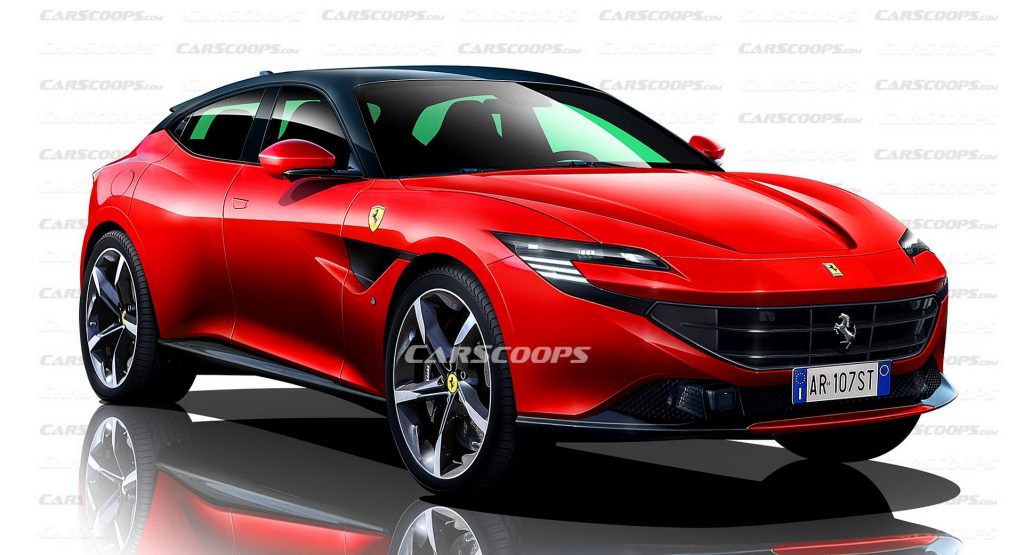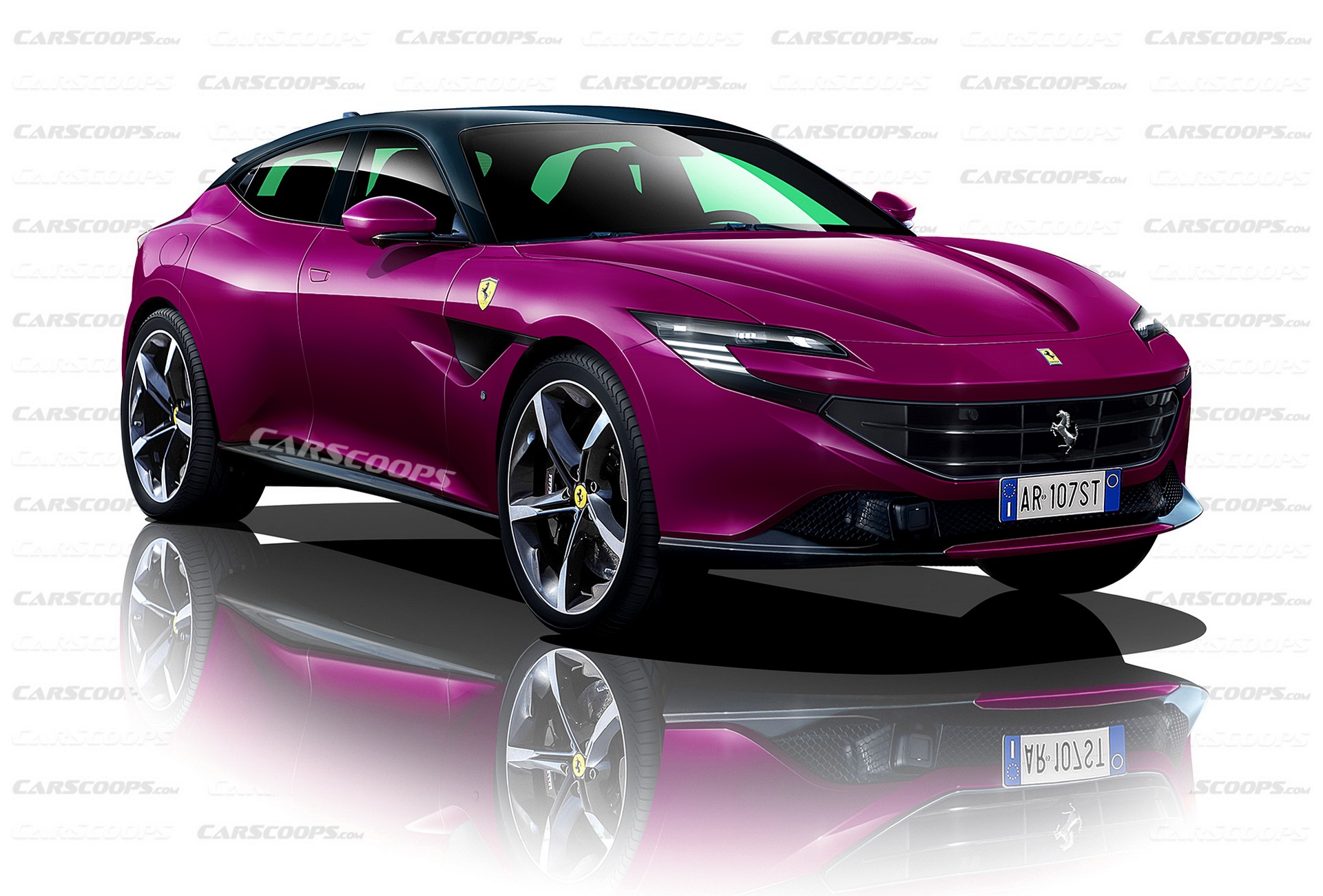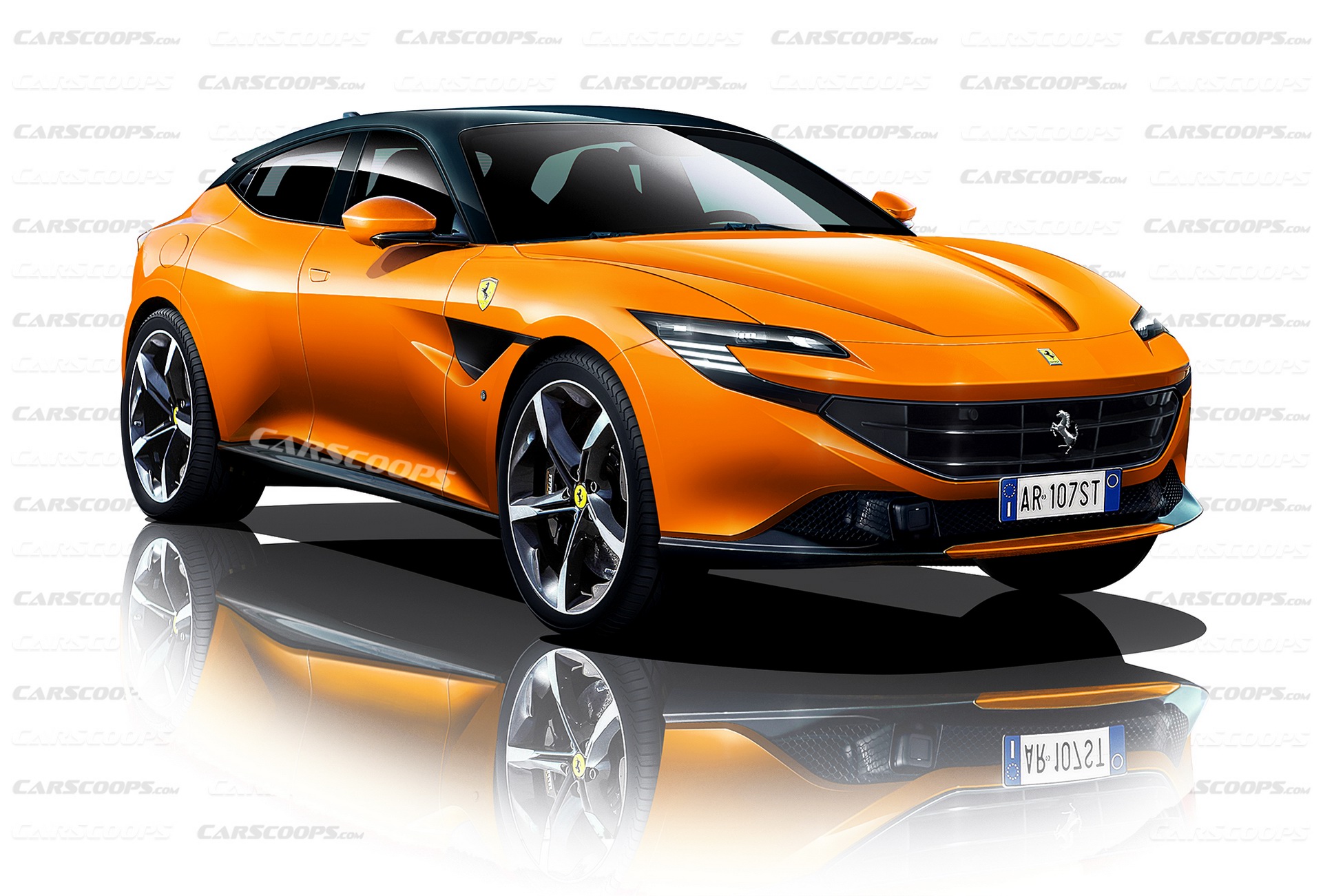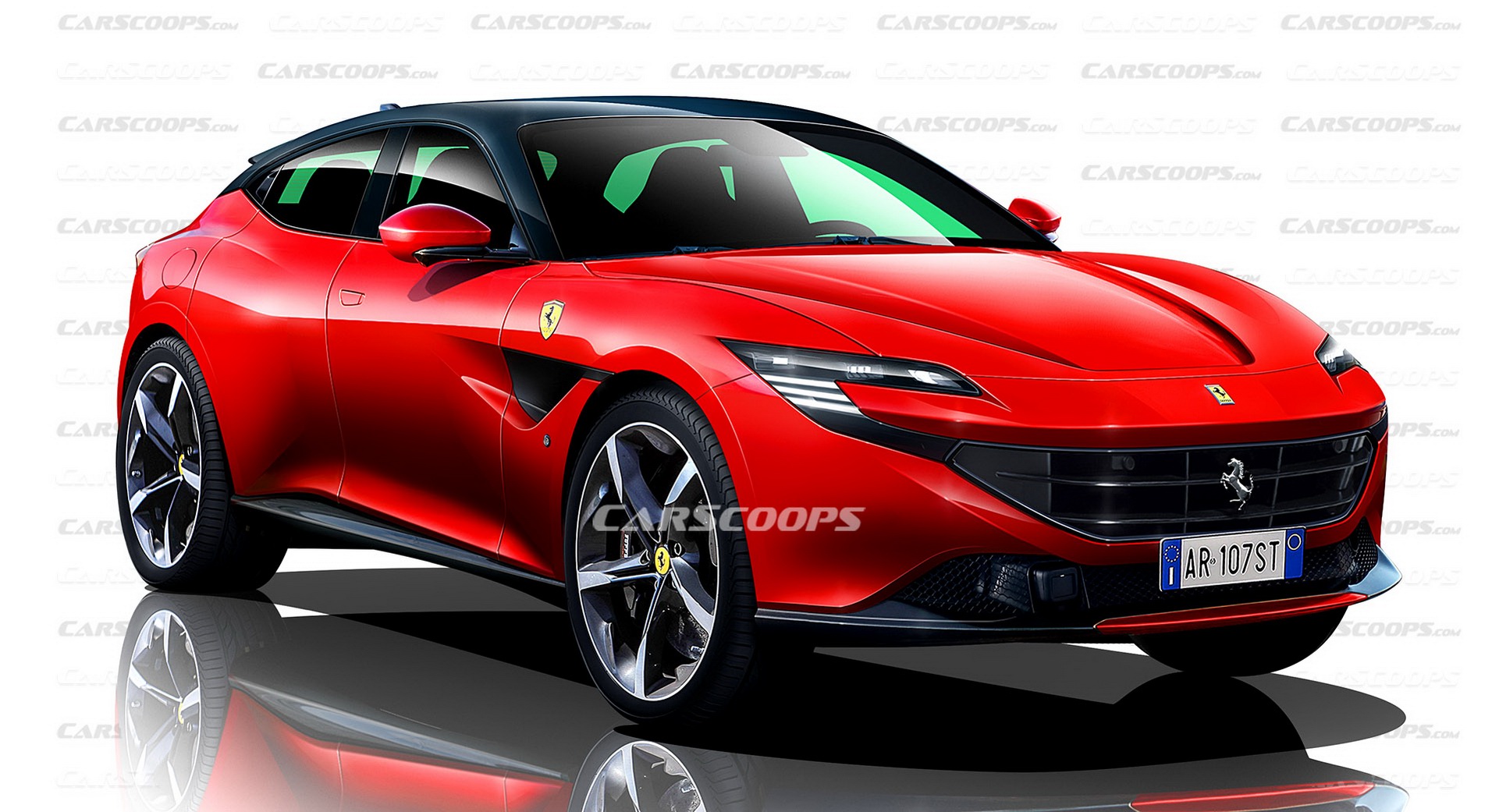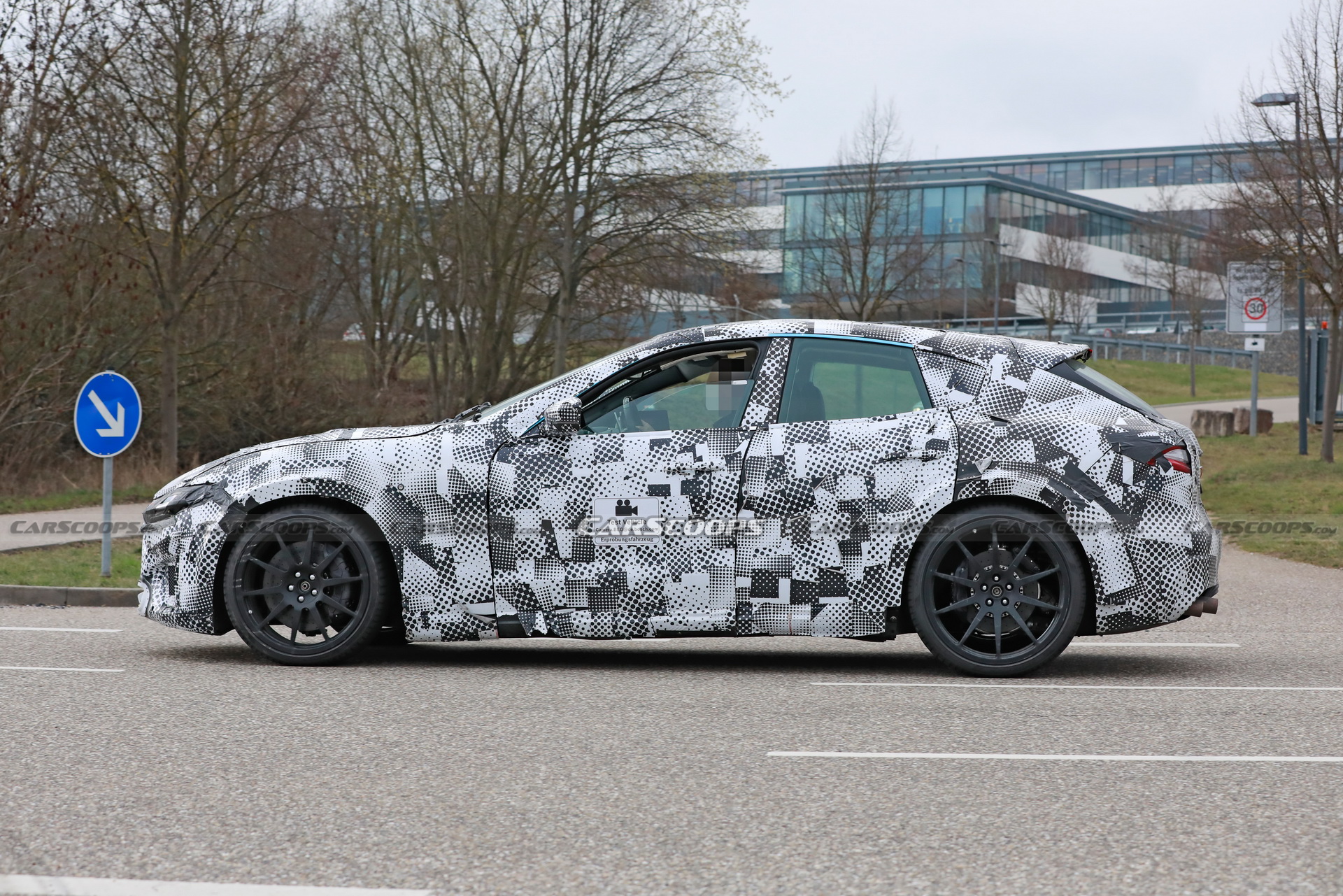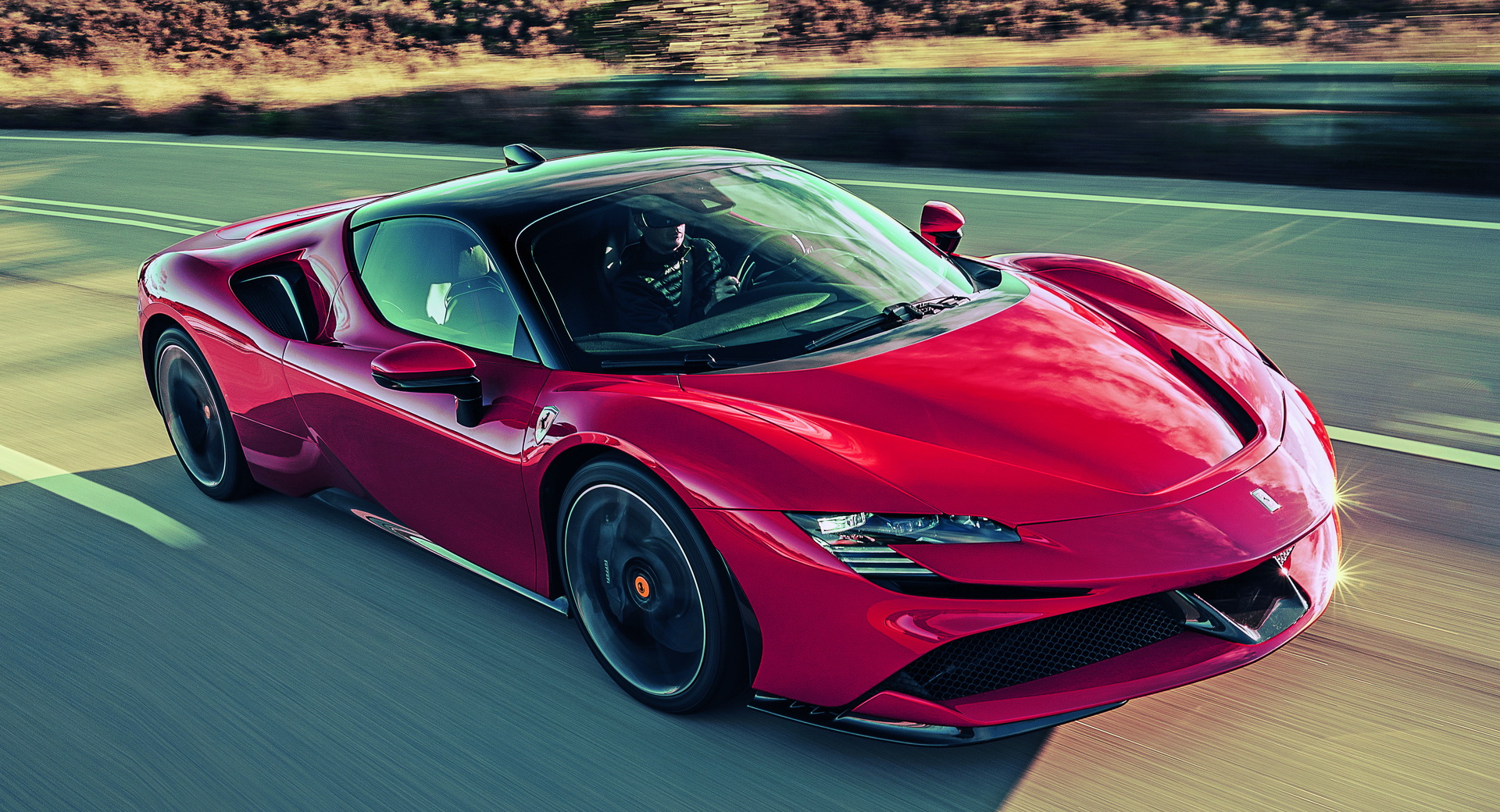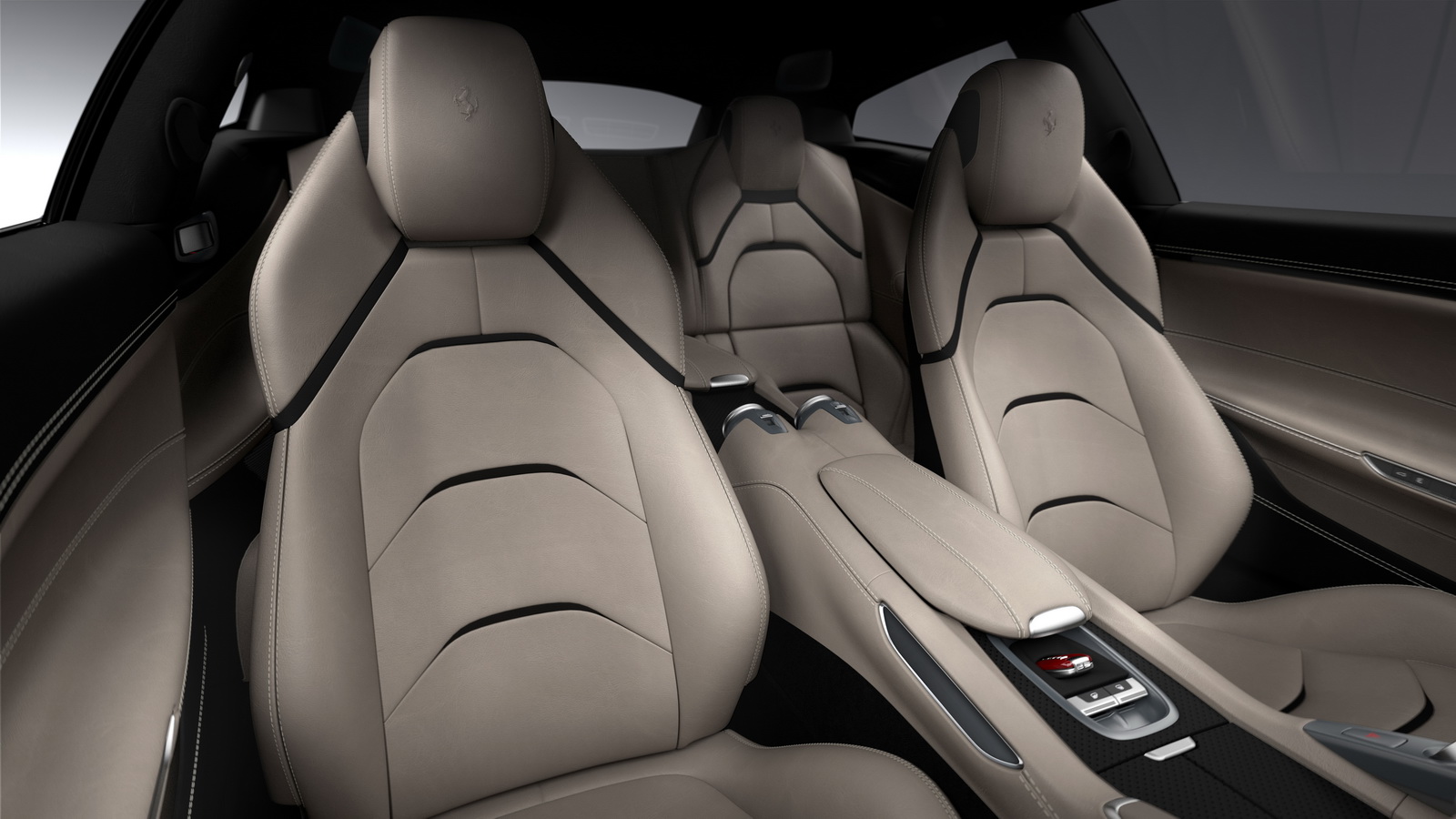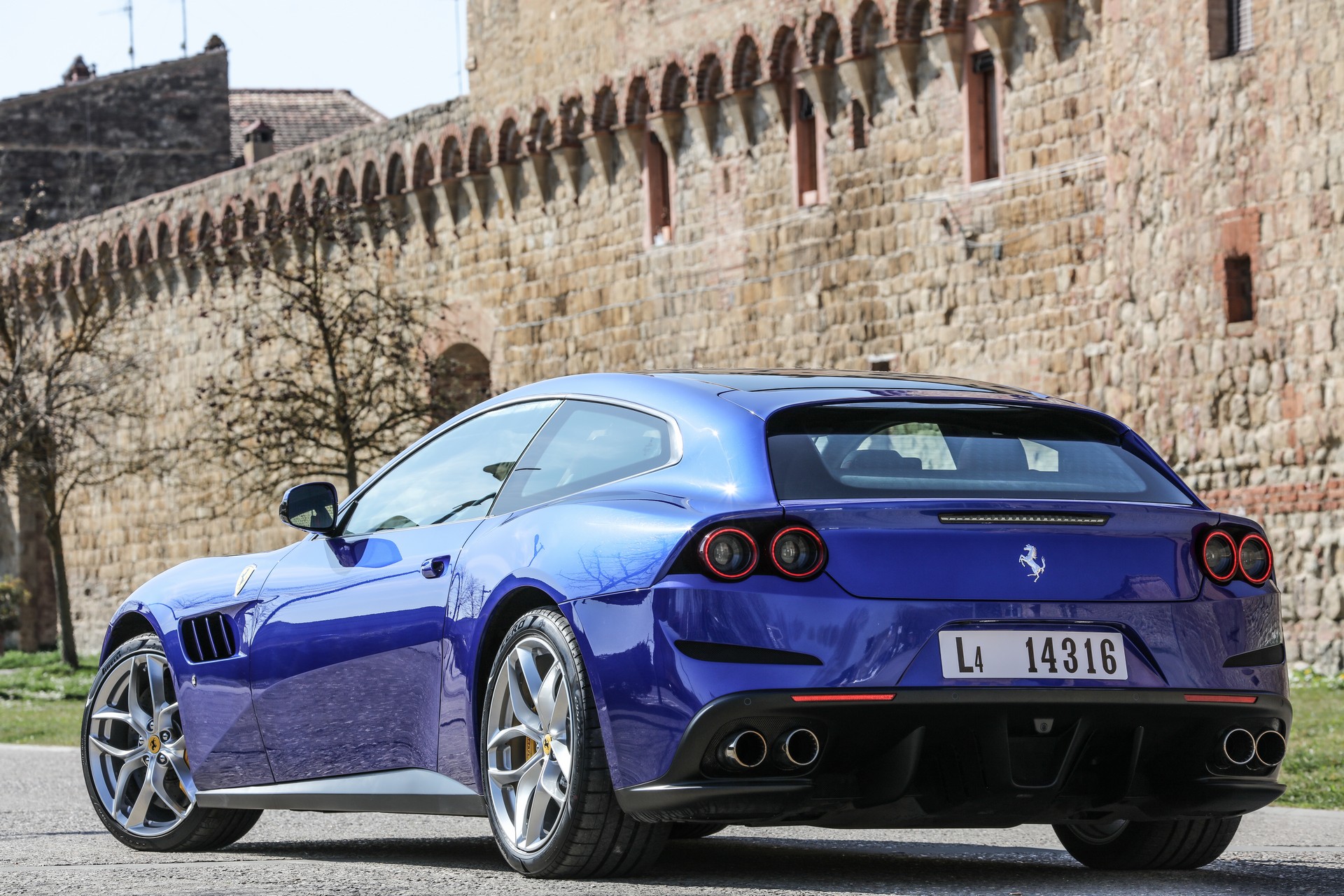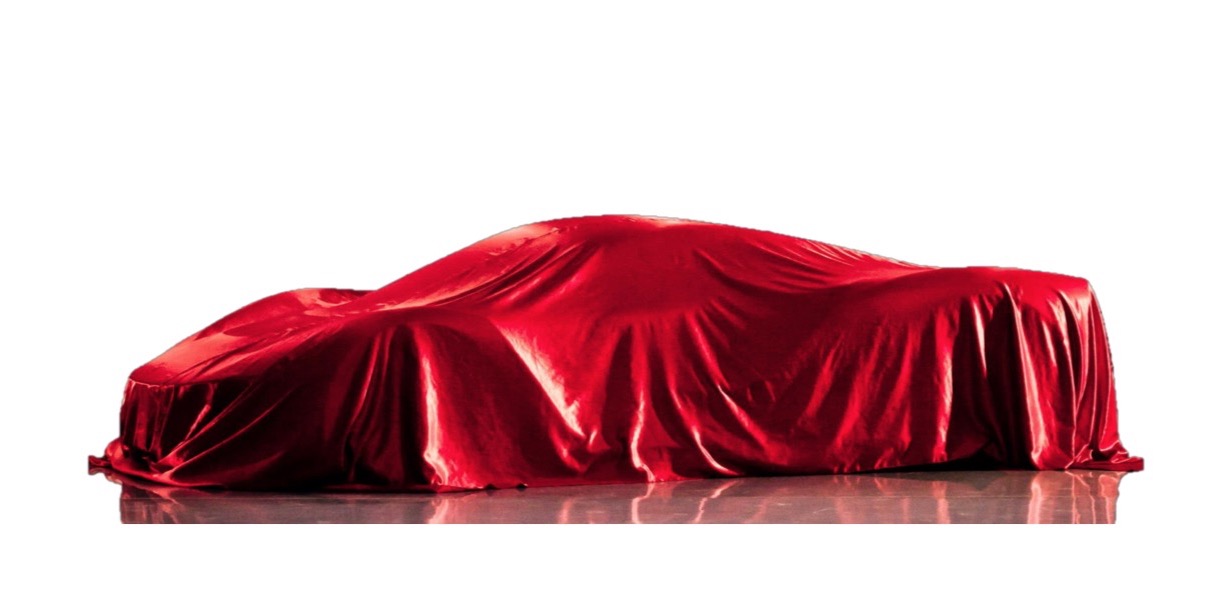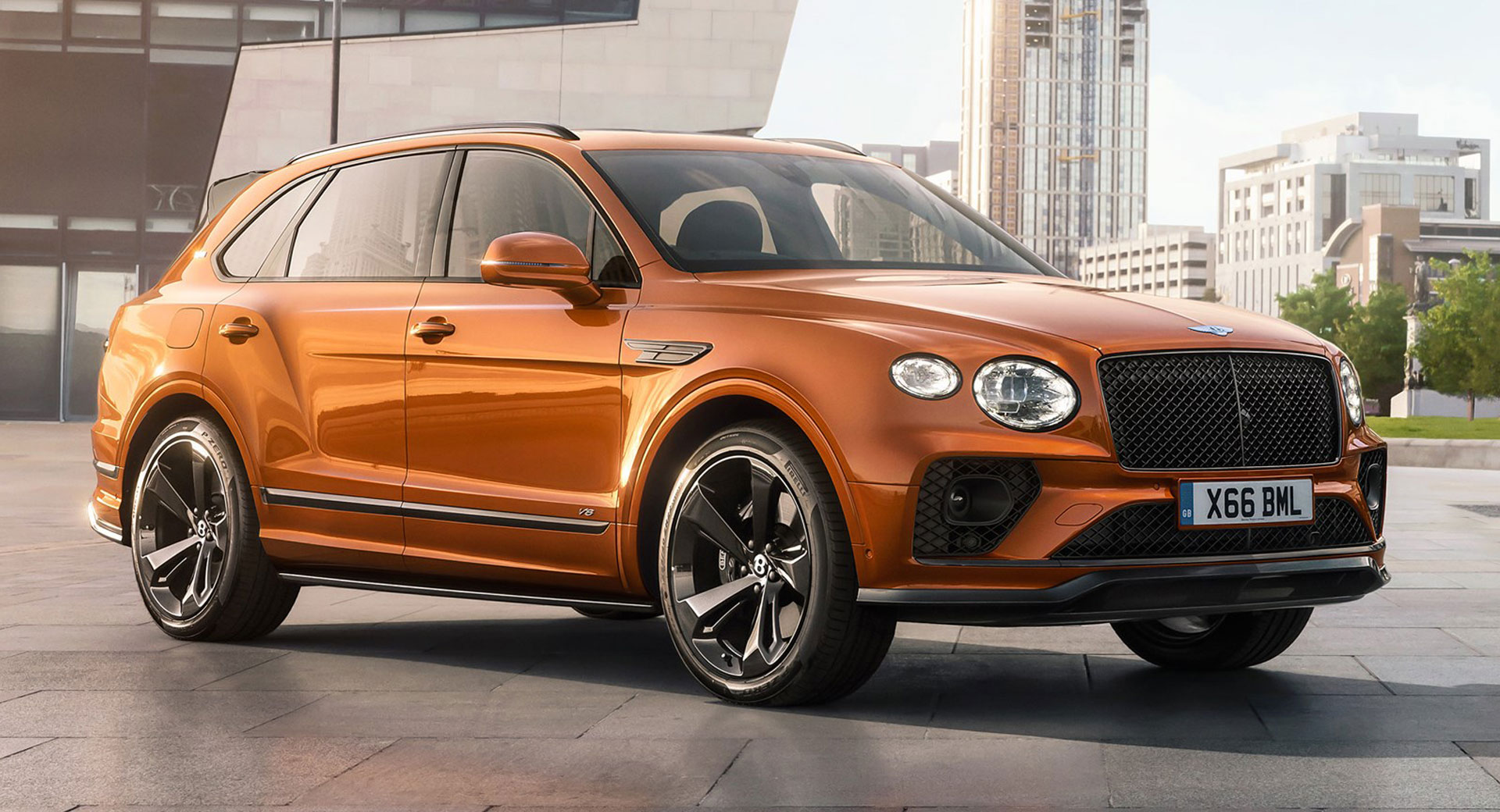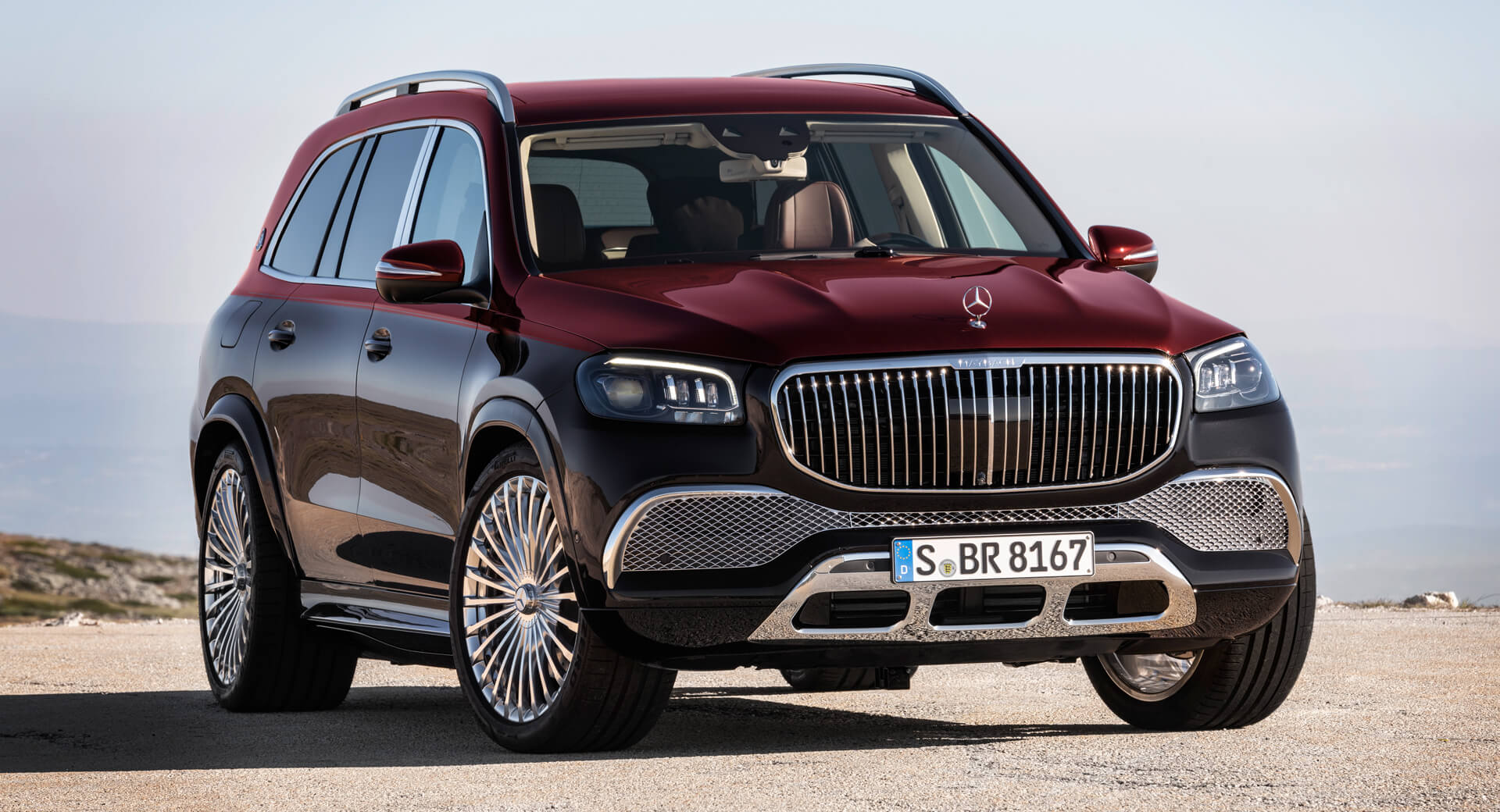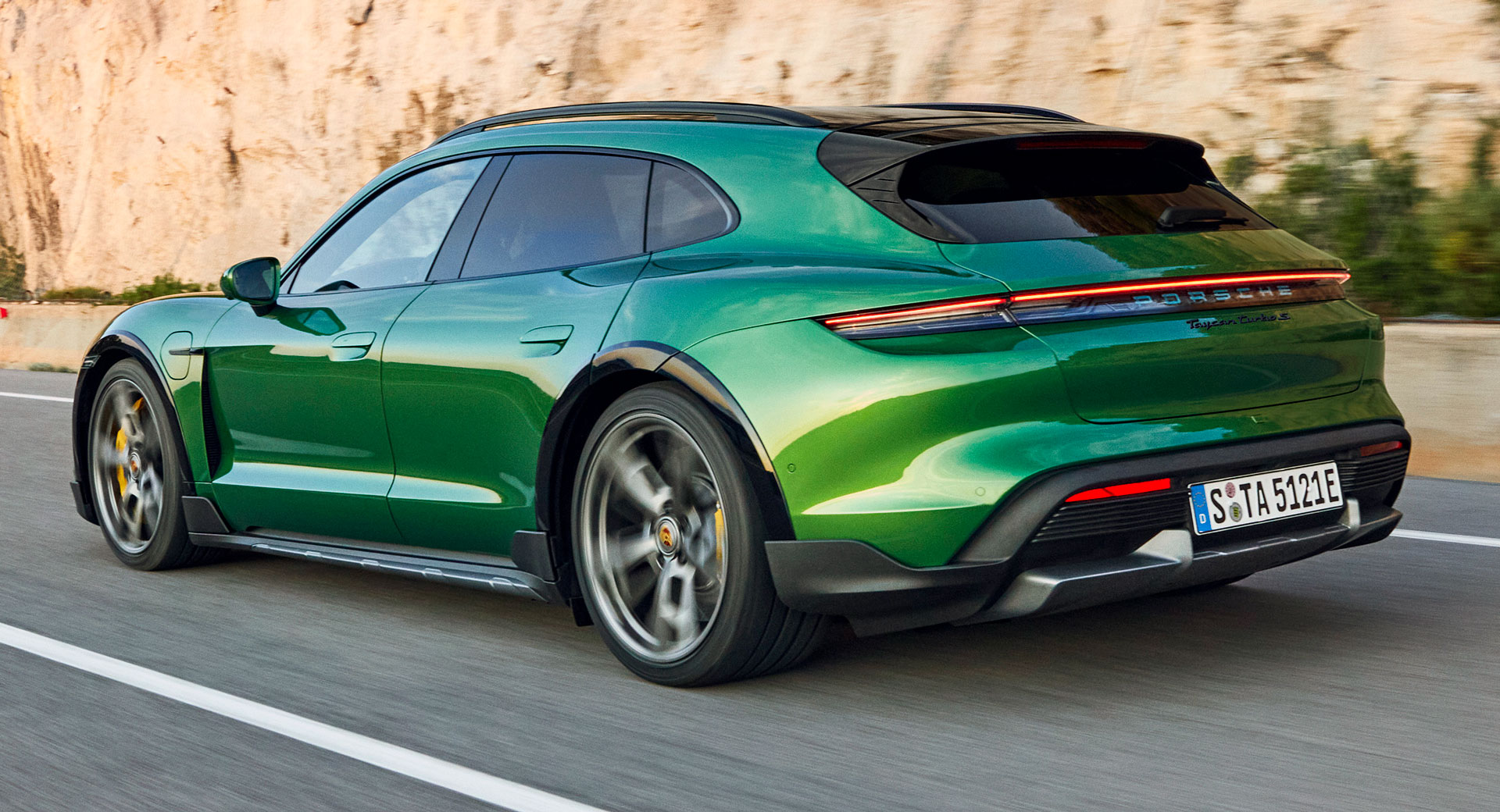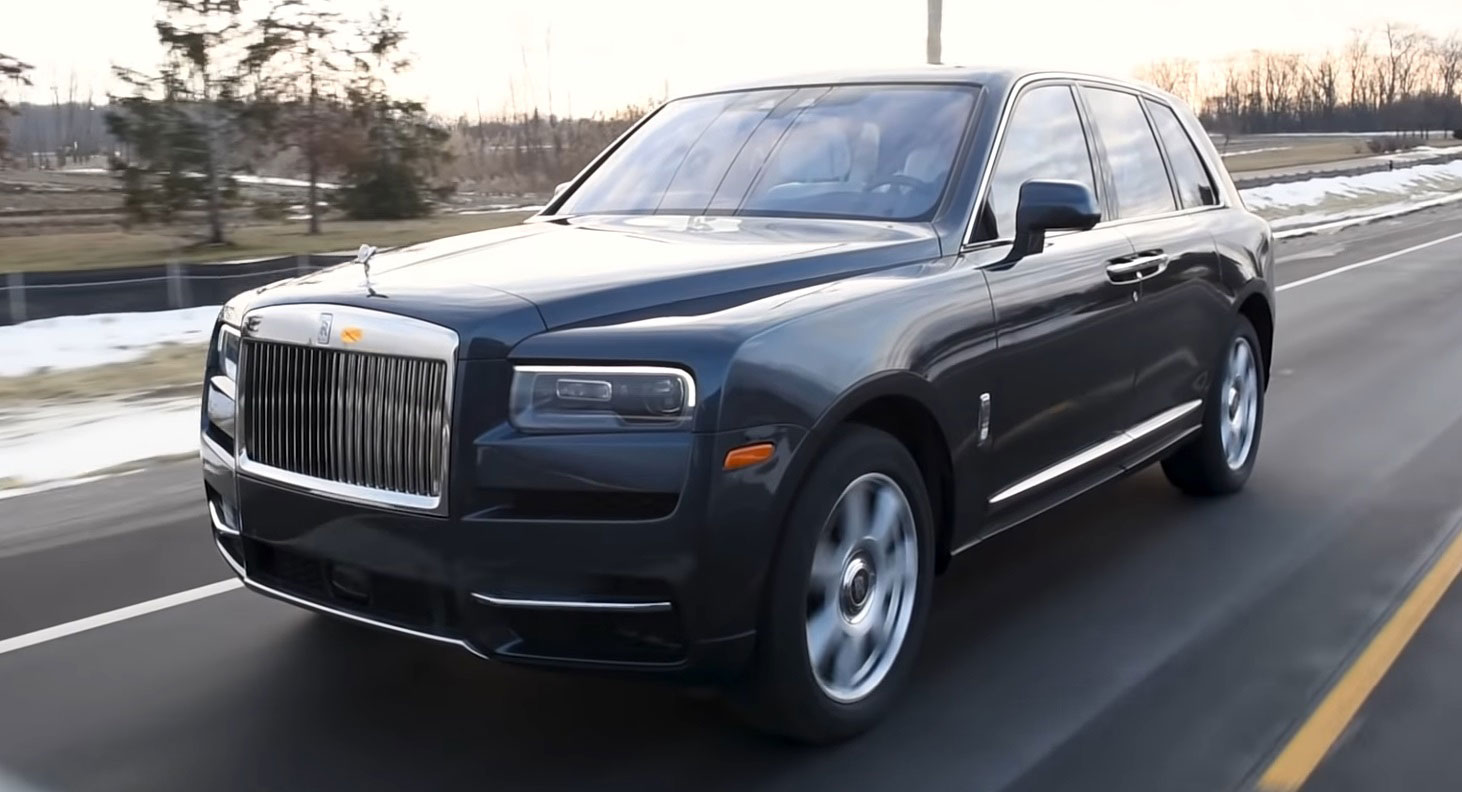These illustrations are made by Francois Hubert/SB-Medien for CarScoops. They are speculative drawings based on prototype models we’ve spied as well as intel we’ve obtained and are neither related to or endorsed by Ferrari.
More than 20 years after Porsche’s Cayenne revolutionized the high-rise high performance four-door market, Ferrari is finally getting ready to reveal its first SUV.
Ferrari ignored the SUV boom for years, claiming the concept didn’t match the company’s brand values, and still managed to build a hugely profitable business. But now every big luxury and supercar-making rival (bar McLaren) has one in its line-up and customer demand is huge and still growing. If Ferrari doesn’t offer its customers an SUV, they’ll buy one elsewhere, and now that it has shareholders to keep happy, that simply won’t do. Here’s what we know so far.
It’s Called Purosangue… Maybe
Purosangue (say poo-row-sann-gway), means pure blood, which could be Ferrari’s way of telling us that this might be the company’s first production four-door car, but it’ll still drive like a true Ferrari.
Or it could be Ferrari reminding us that the Purosangue will ride on a true Ferrari platform, while rivals like the Bentley Bentayga and Lamborghini Urus can trace their DNA to the relatively humble VW Touareg. Either way it should be on sale before the end of 2022.
Related: When Enzo Said No, One Collector Built His Own Ferrari SUV In 1969
The slight snag is that the Purosangue name is owned by an anti-doping charity, and if Ferrari’s legal challenge to use the name fails, it’ll have to come up with a new one. Ferrari Famiglia, anyone?
The Purosangue Isn’t Really An SUV
Ferrari hates the SUV word, and prefers to call the Purosangue an FUV, or Ferrari Utility Vehicle. Well, when you’re 20 years late to the party you need to have at least a good reason why. Ignoring the fact that many people already think every Ferrari is an FU vehicle, the company kind of has a point.
While we don’t know exactly how tall the Purosangue is, it’s clear even from these spyshots of development cars hiding under Maserati Levante bodywork that it’s more of crossover than an SUV and features a lower roofline than an Urus or Bentayga. That should give it a lower center of gravity that lends itself to coupe-like dynamics.
It Shares More Than Headlights With the Roma
The Purosangue is the first front-engined car after the Roma to use the new modular platform the company announced in 2018. Although the aluminum architecture has been scaled to create space for four passengers rather than the Roma’s two, it still features a sports car layout with the engine up front and the transmission mounted together with the differential at the rear.
So far, Ferrari has been careful to hide its Purosangue test cars under Maserati Levante bodywork, but we expect the real thing to feature a wider track and a more striking bodywork with a hood that drops right down between its two fashionably skinny LED headlights. The rear gets a liftback fifth door for access to the trunk.
Launches With V12, Hybrid V8 And V6 Versions To Follow
Reports suggest the Purosangue will launch with a naturally aspirated V12, a configuration no rival offers, giving Ferrari significant bragging rights. The automaker’s chief marketing officer suggested to Auto Express that adding hybrid power to the V12 would add too much weight, so expect this one to run without electrical assist, though with as much as 800 hp, it’s not going to be short of punch. Count on zero to 62mph in around 3 seconds and a 200 mph (320 km/h) top speed.
More in keeping with the times, but probably arriving a little later, is a hybridized V8 option that borrows tech from the 4.0-liter SF90 Stradale, but with its plug-in hybrid unit mounted at the rear with the dual-clutch transmission. But since the SF90’s power units combine to deliver 986 hp, they’d presumably be significantly de-tuned so as not to overshadow the V12 model, and the Roma’s milder 612 hp, 3.8-liter V8 seems a better base for a GT car. It’s also very likely that a version of the 296 GTB’s 803 hp hybrid V6 powertrain will be added later in the model cycle.
All-Wheel Drive And A New Driving Mode
Combining the naturally aspirated V12 with a simple rear-wheel drive transmission and four-wheel steering, in effect making a four-seat 812 Superfast, would certainly create a point of differentiation for Ferrari’s first SUV and deliver a true sports car experience.
But people expect certain things from their SUVs, and they include the ability to sink your foot into the firewall and feel the tires hook up, so we think the Purosangue will likely be all-wheel drive, or at least most versions will be.
The SF90 uses e-motors on the front axle, but the Purosangue’s front-engine layout means there’s probably no room, so hybrid models will have their motor mounted at the rear. Instead, expect Ferrari to take power for the front axle from the front end of the V12 and V8 as it did with the now-dead GTC Lusso.
Height Adjustable Suspension
Even the most supercar-like SUV needs to be able to hitch its skirt up for some light off-road action, so the Purosangue will feature Ferrari’s first height adjustable suspension system. Air springs are the most obvious choice, but does Ferrari have something different planned? Information released to investors claimed the Purosangue would have a “new innovative suspension”, so we’ll have to wait and see exactly what that means.
Roomy, Roma-inspired Interior
Ferrari says the Purosangue’s interior will be “spacious and comfortable” for four adults, and we’ve heard unconfirmed rumors that the rear doors might be rear-hinged, as on the Rolls Royce Cullinan. There should also be more headroom and legroom than in the GTC4 Lusso pictured here.
Back seat passengers will have the option of rear entertainment system, while the dashboard and console will be far less driver-focused than the ones fitted to the 296 GTB and SF90 sports cars.
So while it will feature the same digital instrument pack, head-up display and new-generation multi-function steering wheel as the SF90, there will also be a conventional infotainment system in the console, perhaps like the one pictured here in the Roma, plus a separate screen for the front seat passenger above the glovebox.
You’ll Need Deep Pockets To Buy One
Ferrari’s most affordable car is the $222,000/£172,000 Roma, and we don’t expect the Purosangue to change that. How much more you’ll have to pay to add rear doors to your Ferrari remains to be seen, but for reference, the recently departed GTC4 Lusso, which the Purosangue effectively replaces, cost $263k in V8 guise, and $303k with a V12 under the hood.
Two Further Ferrari SUVs Are In The Works
Still struggling to get your head around the idea of a Maranello-bred SUV? Then get ready for another bombshell because the UK’s Car Magazine claims that Ferrari will follow the Purosangue with two additional all-electric SUVs codenamed F244 and F245 in 2024 and 2026.
Car says the platform can accommodate up to four e-motors, will kick off with a 610 hp power output and draw from a scalable battery pack with a base capacity of 80 kWh (which sounds kind of puny).
The Ferrari Purosangue’s Exotic Rivals
Ferrari would like to tell you the Purosangue has no direct rivals, but the reality is the four-door exotic market is crammed with high performance sedans, crossovers and SUVs buyers will also be considering. Let’s run through the key contenders.
Aston Martin DBX – from $179,986 (£158,000)
Engine: 4.0 twin-turbo V8
Power: 542 hp
Torque: 516 lb ft
Zero to 60mph: 4.3 seconds
Top speed: 181 mph
Like Ferrari, Aston was late to the crossover party, but it’s making up for lost time, with demand for the DBX boosting the company’s output by 224 per cent this year.
The DBX appears taller than the Purosangue and is powered by an AMG-sourced twin-turbo 4.0-liter V8. The infotainment system also comes from Benz, but unfortunately it’s a generation behind so there’s no touchscreen functionality.
Bentley Bentayga W12 – from $245,000 (£ na in UK)
Engine: 6.0 twin-turbo W12
Power: 626 hp
Torque: 664 lb ft
Zero to 60mph: 3.9 seconds
Top speed: 190 mph
The Bentayga might not look as athletic or change direction as eagerly as the Purosangue, but its badge has the right kind of credibility to take the Ferrari on, and it’s definitely not lacking in performance.
Most buyers find the $177,000, 542 hp V8 (4.4 seconds to 60mph), and new 443 hp hybrid (5.2 seconds) more than adequate, but for an additional $68k Bentley also offers a 12-cylinder option.
Lamborghini Urus – from $207,326 (£177,641)
Engine: 4.0L twin-turbo V8
Power: 641 hp
Torque: 627 lb f
Zero to 60mph: 3.2 seconds
Top speed: 190 mph
Ferrari’s archenemy kicked off the whole super-SUV thing back in the 1980s, but that’s where the similarities between the crude, Countach V12-powered LM002 and the Urus end.
The current Lambo SUV shares its platform with the Bentley Bentayga and Porsche Cayenne, though the angular supercar-like styling means only car geeks would ever know. There’s no V10 or V12 option and we’re still waiting for the PHEV variant, so the sole engine option is a twin-turbo 4.0-liter VW Group V8, but tuned to deliver the kind of power you expect from a Lamborghini.
Mercedes-Maybach GLS 600 – from $161,550 (£164,870)
Engine: 4.0 twin-turbo V8
Power: 550 hp
Torque: 538 lb ft
Zero to 60mph: 4.8 seconds
Top speed: 155 mph
Strip away the Maybach GLS 600’s gaudy grille and $60k from the sticker price and you’re looking at a regular Mercedes GLS 550. Which should make the Maybach far better suited than the Ferrari to shuffling between fancy hotels in London, but not much fun in the mountain roads above Nice, even with its V8 boosted to 550 hp.
Mercedes also offers an AMG GLS 63 with 603 hp for almost $30k less. But no Ferrari buyer wants to be mistaken for a soccer mom with a horsepower habit, so if it’s an AMG SUV you’re after, we’d take the boxy G 63 instead.
Porsche Taycan Turbo S Cross Turismo – from $187,600 (£140,360)
Engine: two electric motors, 93.4 kWh battery
Power: 750 hp
Torque: 774 lb ft
Zero to 60mph: 2.7 seconds
Top speed: 155 mph
Not convinced an electric wagon is a viable alternative to a Ferrari? Take another look at the Taycan Turbo S Cross Turismo’s zero to 60 mph figure. The Taycan might not sound like a supercar, but it’s the only car here that truly performs like one in a straight line, and with its low slung crossover vibe, the Purosangue is arguably closer to the Porsche (both in spirit and inches) than it is some of these other USV rivals.
Rolls Royce Cullinan – from $384,750 (£264,000)
Engine: 4.0 twin-turbo V8
Power: 563 hp
Torque: 627 lb ft
Zero to 60mph: 5.0 seconds
Top speed: 155 mph
The Cullinan wouldn’t know a racetrack if you rammed one up its tailpipes, but this is imperious stately home on wheels is arguably the Ferrari’s nearest rival based on price and badge kudos.
Performance is respectable given the gargantuan near-6000 lbs curb weight, and the personalization options mean that $385k MSRP can rise sharply.
Which super-SUV would you put in your 21-car garage? Leave us a comment and let us know.







